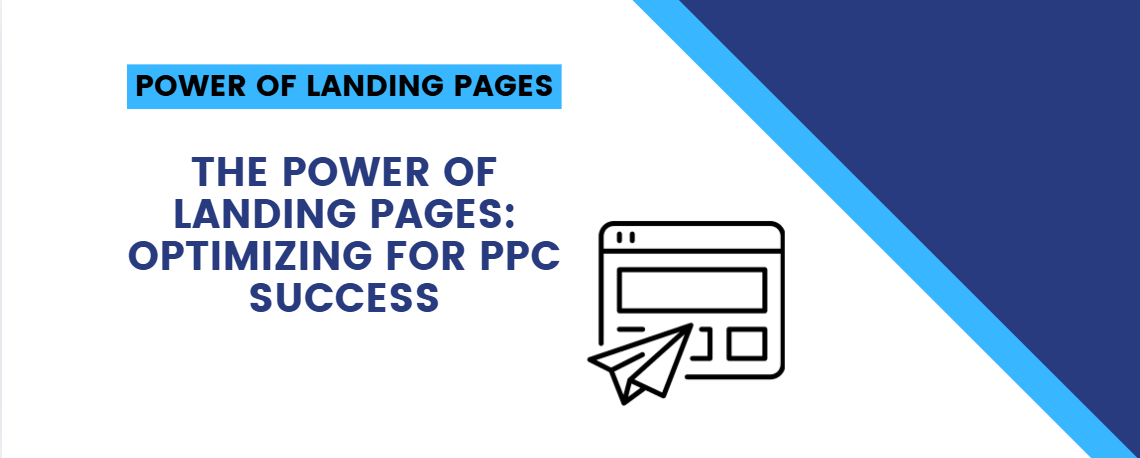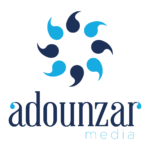Landing pages are the secret weapon for a successful pay-per-click (PPC) advertising campaign. While your PPC ads drive traffic, landing pages close the deal by converting visitors into leads or customers. A well-optimized landing page can make the difference between wasted ad spend and a high return on investment (ROI).
Here’s everything you need to know about why landing pages matter and how to make them work for you.
1. Why Landing Pages Are Crucial for PPC
When someone clicks on your PPC ad, they’re looking for something specific. Sending them to a generic homepage often results in confusion and drop-offs. A dedicated landing page ensures that visitors find exactly what they’re expecting, increasing the chances of conversion.
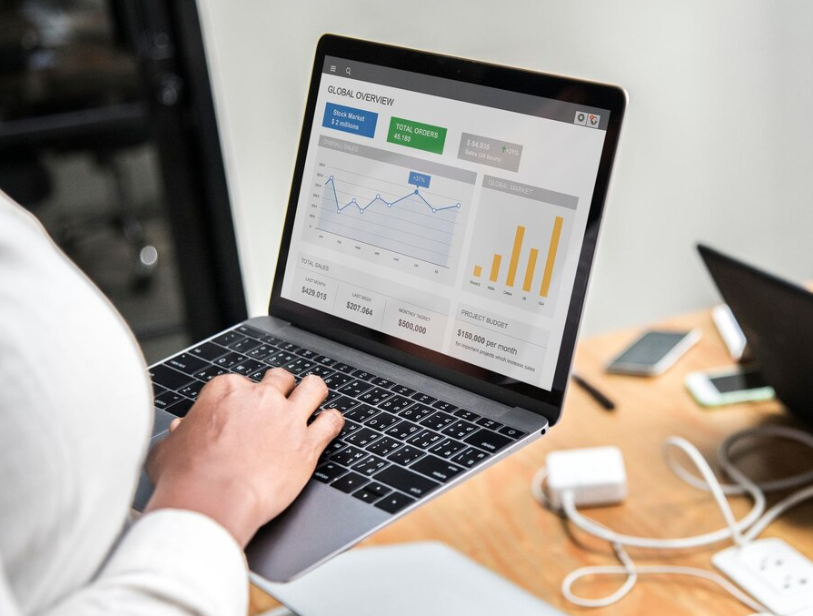
Stat:
- Companies with 10-15 landing pages see 55% more conversions than those with fewer than 10.
2. Match Ad Intent to Landing Page Content
Your landing page must align with the message of your PPC ad. If your ad promises “50% off on running shoes,” the landing page should showcase that exact offer prominently. Consistency builds trust and reduces bounce rates.

Tips:
- Use the same language and keywords from your ad on the landing page.
- Highlight the offer clearly above the fold.
3. Keep It Simple and Focused
A cluttered landing page overwhelms visitors and distracts them from the main goal. Keep the design clean and the messaging straightforward.

Essential Elements of a Great Landing Page:
- Headline: Clear and attention-grabbing, directly related to the ad.
- Subheadline: Expands on the headline and adds value.
- Call-to-Action (CTA): A clear and compelling action, like “Buy Now” or “Sign Up Today.”
- Visuals: High-quality images or videos that enhance the message.
Stat:
- Landing pages with one clear CTA can increase conversions by up to 80%.
4. Make Your Page Mobile-Friendly
With more than half of internet traffic coming from mobile devices, it’s critical that your landing page works seamlessly on smartphones and tablets.

Checklist for Mobile Optimization:
- Fast loading time (3 seconds or less).
- Easy-to-read text and clickable buttons.
- Responsive design that adjusts to different screen sizes.
Stat:
- 52% of users say a bad mobile experience makes them less likely to engage with a brand.
5. Optimize for Speed
Slow-loading pages are a conversion killer. If your landing page takes too long to load, visitors are likely to leave before they even see your offer.
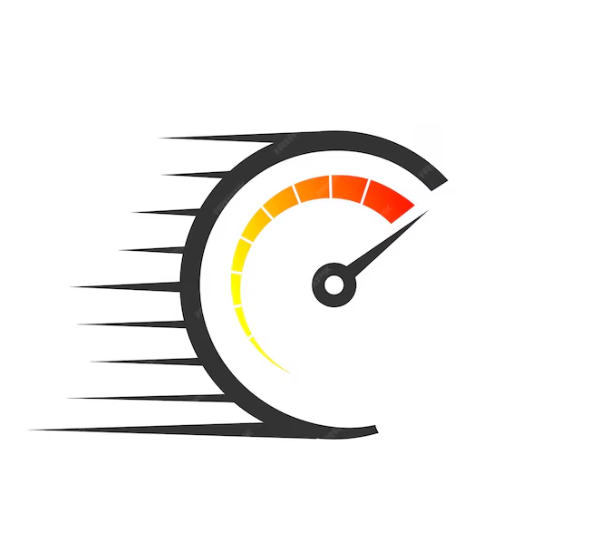
Tips to Improve Page Speed:
- Compress images without losing quality.
- Minimize code and eliminate unnecessary plugins.
- Use a reliable hosting service.
Stat:
- A 1-second delay in load time can result in a 7% reduction in conversions.
6. Use Social Proof to Build Trust
People trust other people’s opinions. Adding testimonials, reviews, or case studies to your landing page can reassure visitors that they’re making a good choice.

Examples of Social Proof:
- Customer testimonials: “This product changed my life!”
- Trust badges: “100% Satisfaction Guaranteed” or “Secure Checkout.”
- Statistics: “Over 10,000 happy customers and counting.”
Stat:
- 88% of consumers trust online reviews as much as personal recommendations.
7. Include a Strong Call-to-Action (CTA)
Your CTA is the most important element on your landing page. It tells visitors what to do next. Use action-oriented language and make the button stand out.
Examples of Effective CTAs:
- “Start Your Free Trial Today.”
- “Claim Your 20% Discount Now.”
- “Download the Guide Instantly.”
Stat:
- Personalized CTAs perform 202% better than generic ones.
8. A/B Test Your Landing Pages
The best way to optimize your landing pages is through A/B testing. This involves creating two versions of a page with slight variations and comparing their performance.
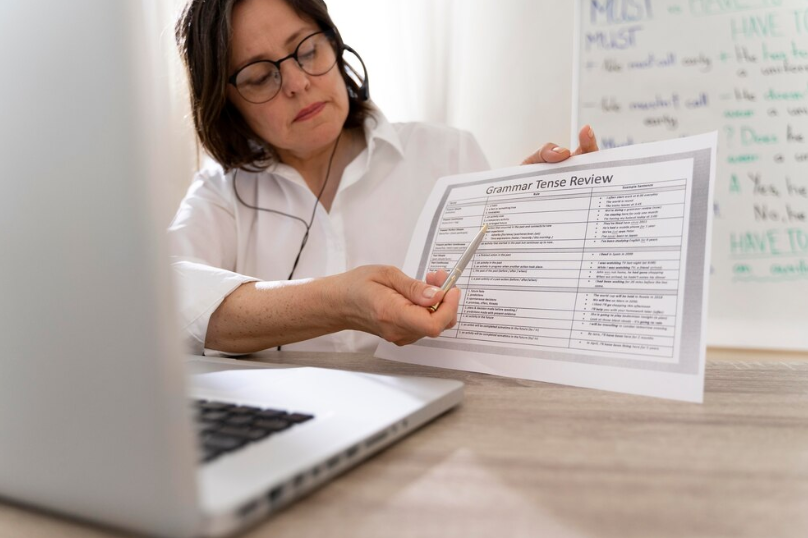
Elements to Test:
- Headline: Which grabs more attention?
- CTA button color: Does red perform better than blue?
- Page layout: Does a single-column format work better than multiple sections?
Stat:
- A/B testing can improve conversion rates by up to 49%.
9. Limit Distractions
Avoid including too many links, navigation menus, or extra information that could pull visitors away from your main goal. The fewer distractions, the higher your chances of conversion.

Focus on:
- One goal per landing page (e.g., signing up, purchasing, or downloading).
- Minimal navigation options to keep visitors on the page.
10. Use Compelling Visuals
Humans process visuals faster than text. High-quality images, videos, and infographics can make your landing page more engaging and persuasive.

Example:
A fitness brand could use a video showing how their product improves workouts in real-life scenarios.
Stat:
- Landing pages with videos can boost conversions by up to 86%.
11. Track and Analyze Your Metrics
You can’t improve what you don’t measure. Use analytics tools to track the performance of your landing pages.

Key Metrics to Monitor:
- Conversion rate: The percentage of visitors who complete the desired action.
- Bounce rate: How many visitors leave without interacting.
- Time on page: How long visitors stay on your page.
Tools to Use:
- Google Analytics
- Heatmaps (e.g., Hotjar or Crazy Egg)
12. Personalize the Experience
Personalization makes visitors feel like the page was designed just for them. Use dynamic content that adjusts based on user behavior or demographics.

Examples of Personalization:
- Greet returning visitors with a “Welcome back!” message.
- Adjust offers based on location or browsing history.
Stat:
- Personalized landing pages can improve conversion rates by 30%.
Final Thoughts
A powerful landing page is the backbone of any successful PPC campaign. By aligning your page with your ad, focusing on simplicity, and continually optimizing for speed and relevance, you can significantly boost your PPC performance.
Invest time and effort into crafting landing pages that not only capture attention but also inspire action. With the right approach, your PPC campaigns will turn clicks into meaningful results.
